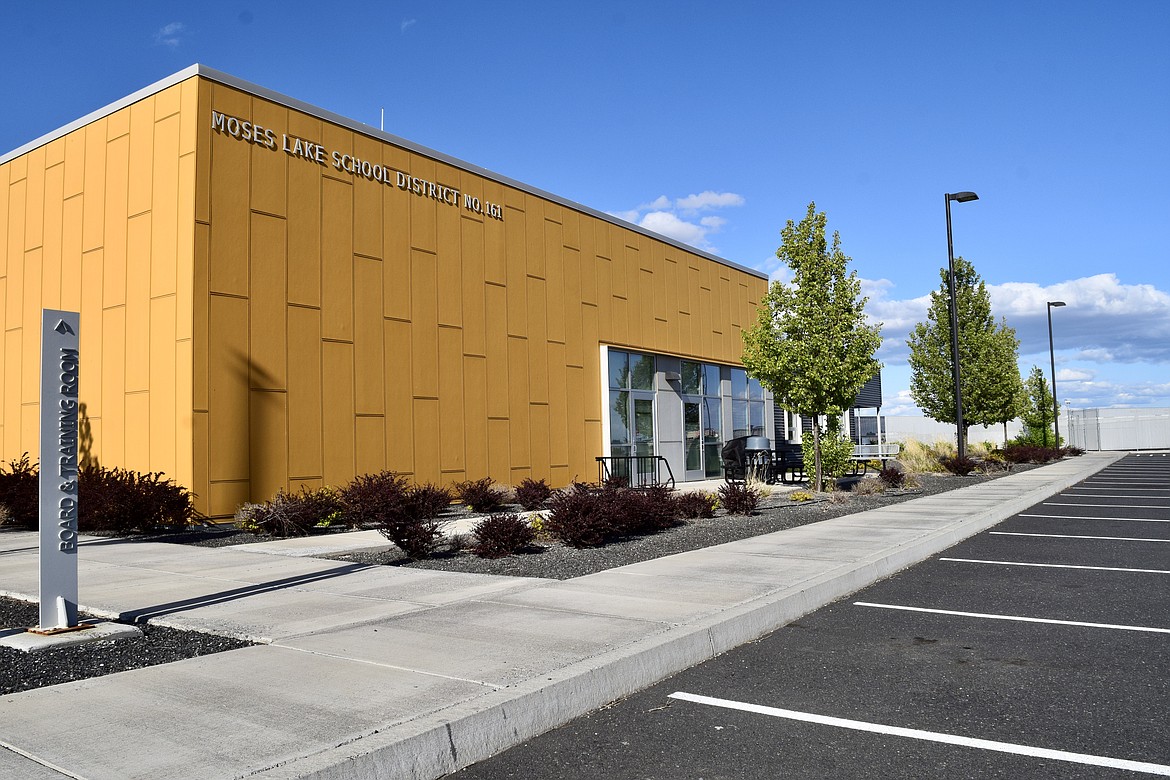Federal broadband grants awarded to area school districts
Moses Lake, Othello, Ephrata, Royal City, Ritzville and Washtucna school districts have been awarded grants through the American Rescue Plan Act, according to a press release Jan. 21 from the office of U.S. Sen. Patty Murray, D-WA.
Become a Subscriber!
You have read all of your free articles this month. Select a plan below to start your subscription today.
Already a subscriber? Login



